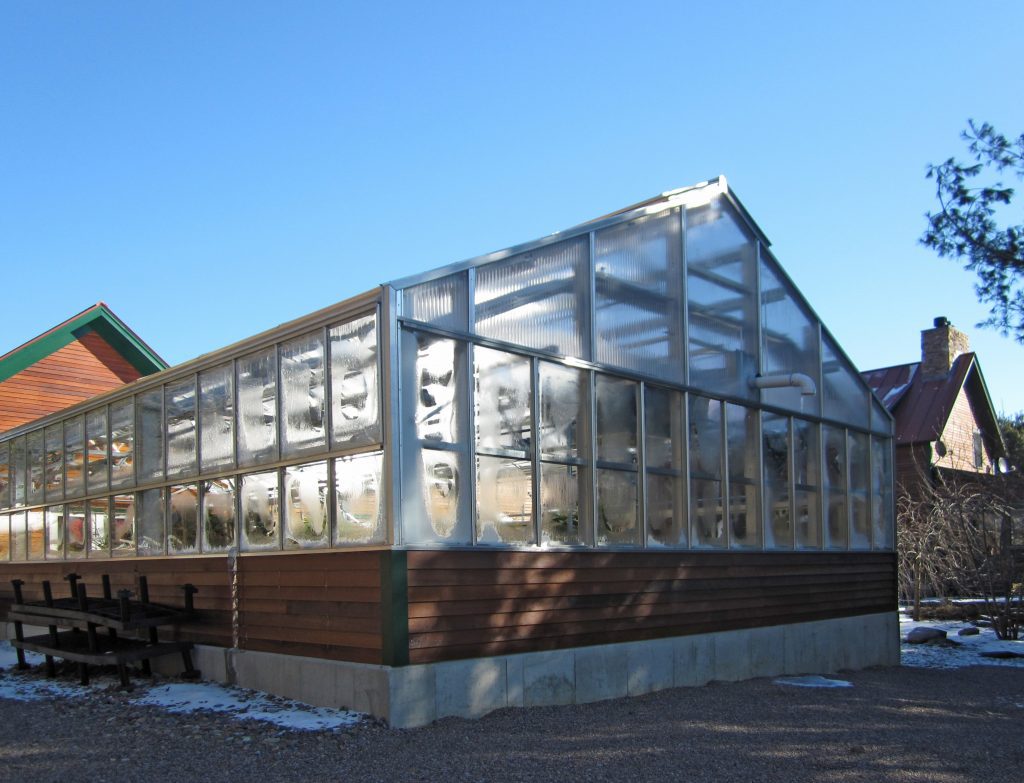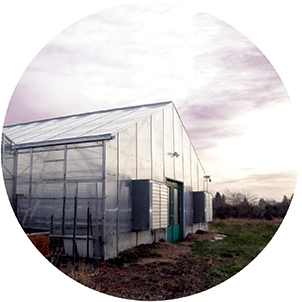NEWS & EVENTS
Using Temperature to Control Growth
***This article was originally published on Greenhouse Mag.***
An early morning DIF or DROP, which lowers the greenhouse temperature before sunrise, can help control plant growth and save on energy costs.
Much has been written about DIF, which is defined as the difference between day and night temperatures or day temperature minus night temperature. A negative DIF, the result of a night temperature that is warmer than the day temperature, prevents stem elongation in many crops. Considering today’s increasing fuel prices, efforts to use negative DIF to keep greenhouse temperatures warmer at night isn’t necessarily a good business practice. Many growers have decided it’s not worth the extra cost.

An alternative choice
There is another option to using temperature to control plant growth. By maintaining a lower temperature at sunrise, growers can achieve the affects of negative DIF without the high fuel price tag. This early morning DIF or DROP in the greenhouse temperature is done before sunrise and maintained for several hours after sunrise. Opinion differs on the amount of temperature drop needed. Most growers lower the temperature 5°F-12°F.
Not only does a morning DROP use less energy, lowering the greenhouse temperature before sunrise is also more effective at controlling stem elongation.
Paul Pilon, owner of Perennial Solutions Consulting, said that because most growth occurs in the first hours of daylight, a morning DROP provides greater benefits to growers than providing a negative DIF throughout the day.
Pilon said using DROP also increases the effectiveness of plant growth regulators.
“Although DROP and negative DIF will greatly reduce the need for plant growth regulators, there will be crops or situations where PGRs are still necessary,” he said. “PGRs are more effective on plants that are grown with negative DIF or DROP; when PGRs are required, lower rates and/or a reduced number of applications will be necessary.”
Reducing stem elongation
DROP can be combined with other methods for reducing stem elongation including fertilizer and water restrictions, adequate spacing and increased exposure to the red light spectrum through the use of supplemental lighting. Crop, greenhouse covering and geographic location along with other variables (i.e., wind and sun exposure, relative humidity, etc.), will dictate the exact temperatures and times most appropriate for the morning DROP.
In a typical production situation, the temperature in the greenhouse would be lowered about 30-60 minutes before sunrise. The DROP temperature is maintained for 2½-3 hours, at which point the daytime temperature is maintained. This means raising the temperature, which may require heating the greenhouse. The rise in temperature is also supported naturally by the increase in sunlight.
“The use of the DROP allows us to keep the plants moving forward in their growth, while keeping the height in check and not giving up the free heat from the day,” said Jon Venzke, head grower at F&B Farms & Nursery in Woodburn, Ore.
Controlling temperatures
Environmental controls are valuable in creating an effective and efficient morning DROP. Controls achieve the desired temperature range through the use of a setpoint. A programmed setpoint creates a span of degrees that dictate at what stage heating or cooling will occur.
A range of 5-10 degrees between the heating and cooling setpoints can be programmed to eliminate wasted or detrimental heating during the morning DROP. For example, if the DIF cooling setpoint is 53°F and the heating setpoint is 45°F, the heat will not initiate until the temperature drops to 45°F. The DIF setpoint remains as the daily setting until the grower reprograms the control to include only day and night setpoints.
“When we removed the DIF setpoint, we saw our roses beginning to bolt,” said Jeff Lee, manager at Willoway Nurseries in Avon, Ohio. “Now we use the DIF setpoint up to the time the roses are in full flower. It makes for a lot tougher plant, and they look better at the garden center. Morning DIF results in a plant that’s already accustomed to the cold pre-dawn temperatures.”
Some environmental controls, like Wadsworth Control Systems, include ramping, which dictates the rate of change between setpoint periods (night to DIF, DIF to day, day to night), as part of the DIF setpoint program. This facilitates reaching the desired morning DROP temperature at the correct time.
Ramping is measured in degrees per minute. Depending on the crop, growers can use sharp ramping, or a quick decrease in nighttime to morning DROP temperatures, or a slow drifting transition from night to DIF temperature settings. Growers can program ramping times to meet their individual needs.
Equipment control
Environmental controls allow growers to prioritize the use of vents over fans to cool the greenhouse during any setpoint temperature period. This means that if the pre-dawn ambient air temperature is cool enough, outside air can come through greenhouse vents to lower the temperature to the desired DROP temperature. Fans will come on only if additional cooling is required. The use of fans may be necessary to reach the DROP temperature especially on warmer spring days.
With environmental controls that are preprogrammed for each greenhouse range’s location, the controls self-regulate, changing the time of sunrise each day, eliminating the need for reprogramming morning DROP depending on day length.
“Under cloudy conditions it’s necessary to lengthen the duration of the DROP to get the same effect as shorter intervals with sunny conditions,” Pilon said. “Also, during warm mornings or as the season progresses, it’s often not possible to achieve the desired DROP temperatures. In these cases it’s beneficial to run the morning DROP longer to create a greater negative DIF and achieve the desired level of height control.”
By using Wadsworth Control System’s accompanying STEPsaver software to graph current and past temperatures, growers can access the average daily temperature for a specific time period or setpoint. While each year is unique from the previous years, this is a valuable tool for gauging relative average daily temperatures for a greenhouse, which is an important factor when deciding the parameters for morning DROP. This information, in conjunction with the USDA’s Virtual Grower software can help growers track energy costs so the greenhouse can become a highly efficient growing environment.

